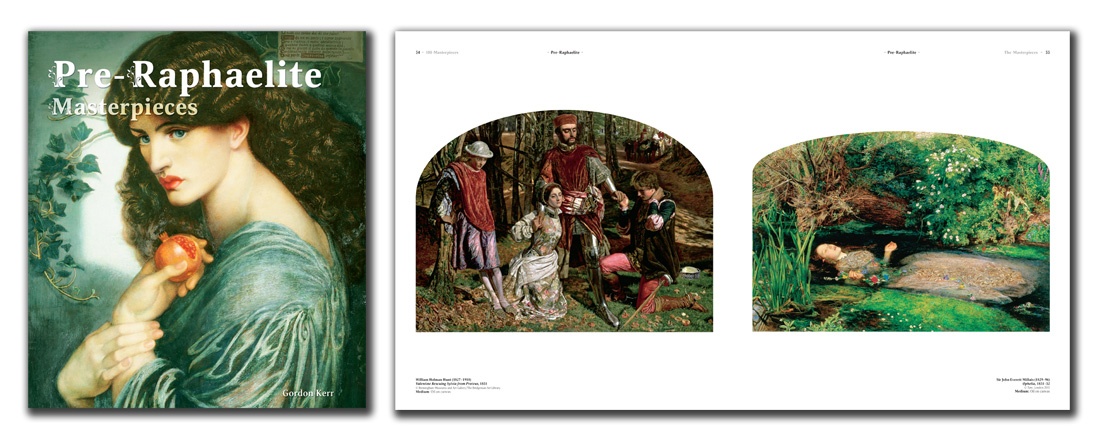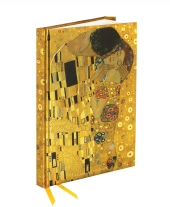 In our last blog we looked at the conception of the Pre-Raphaelite Brotherhood, their artistic missions and subsequent fall from favour. Today we look at how the movement developed after this initial series of rebukes before enjoying a second phase, building upon its prior popularity right up to the modern day.
In our last blog we looked at the conception of the Pre-Raphaelite Brotherhood, their artistic missions and subsequent fall from favour. Today we look at how the movement developed after this initial series of rebukes before enjoying a second phase, building upon its prior popularity right up to the modern day.
Get yourself up to speed by reading part 1 of our Pre-Raphaelite blog here.
After the harsh criticism levelled at the PRB in 1850, the artists once again found themselves in the firing line of the public and critics when they displayed to the 1851 Royal Academy exhibition.
Luckily for the Pre-Raphaelites, they had a friend in waiting. John Ruskin, Britain's leading art critic at the time, penned two letters to The Times in which he lent support to the young artists.
In one particularly emphatic letter (thought to be in response particularly to The Blind Girl), Ruskin wrote:
'Since Turner’s death I consider that any average work from the hand of the four leaders of Pre-Raphaelitism is singly worth at least three of any other pictures whatever by living artists.’
Ruskin's raptures helped preserve the art movement's credibility, but it also came shortly before the Brotherhood's break-up.
By this time the Brotherhood had grown beyond the three founding members and as is often the way with a variety of minds, the art movement found itself being pulled in several directions all at once. It's possible that the added credibility that Ruskin afforded to the artists precluded their ability to stay united. As their popularity grew it provided the artists with more evidence to the fact that they could paint independently of the other members.
William Michael (Rossetti's brother) put it thus: ‘Our position is greatly altered. We have emerged from reckless abuse to a position of general and high recognition’.
The Second Phase of Pre-Raphaelitism
In 1855–56, Rossetti first met a young William Morris. Though Morris was not a Pre-Raphaelite, he sympathised with the PRB’s objectives and techniques. This encounter led to a Pre-Raphaelite second phase due to other artists helping reinvent the art style as the Aesthetic Movement.
Meanwhile, during this renewed period of popularity, complex romantic dynamics were at play. So driven were the Pre-Raphaelites by the beauty of their muses that often confrontations arose between the passionate young men, who seemingly all at one time or another quabbled over ladies such as Annie Miller, Fanny Cornforth and Jane Burden, to name just a few.
Thought the PRB did not endure across the generations, its legacy undoubtedly influenced much of the art that followed. The aesthetic principles so essential to Pre-Raphaelitism were seen to pervade not only painting, but also other visual mediums such as design thanks to their connections, in part, with William Morris.
After fading from the public's mind following their heyday, the PRB suffered from mixed critical opinion right up until the last few years. However, Pre-Raphaelite artworks have enjoyed a renewed popularity since the early 2000s, due to the seemingly mellowed attitudes of art critics as well as the public. Seen as pioneering artworks for the time, a lot of Pre-Raphaelite key philosophies (jog your memory by reading them in our previous blog post) are in keeping with the mindset of today's art lovers. Only serving to prove just how visionary the Pre-Raphaelite Brotherhood was in their creation of truly timeless art.
There is a far richer story to be found in our beautiful art book Pre-Raphaelite Masterpieces. Learn more about the original founding members, what influenced them, the kind of art styles and techniques they employed, as well as enjoying 100 high-quality reproductions of their finest masterpieces of art. Take a look at the book here.




